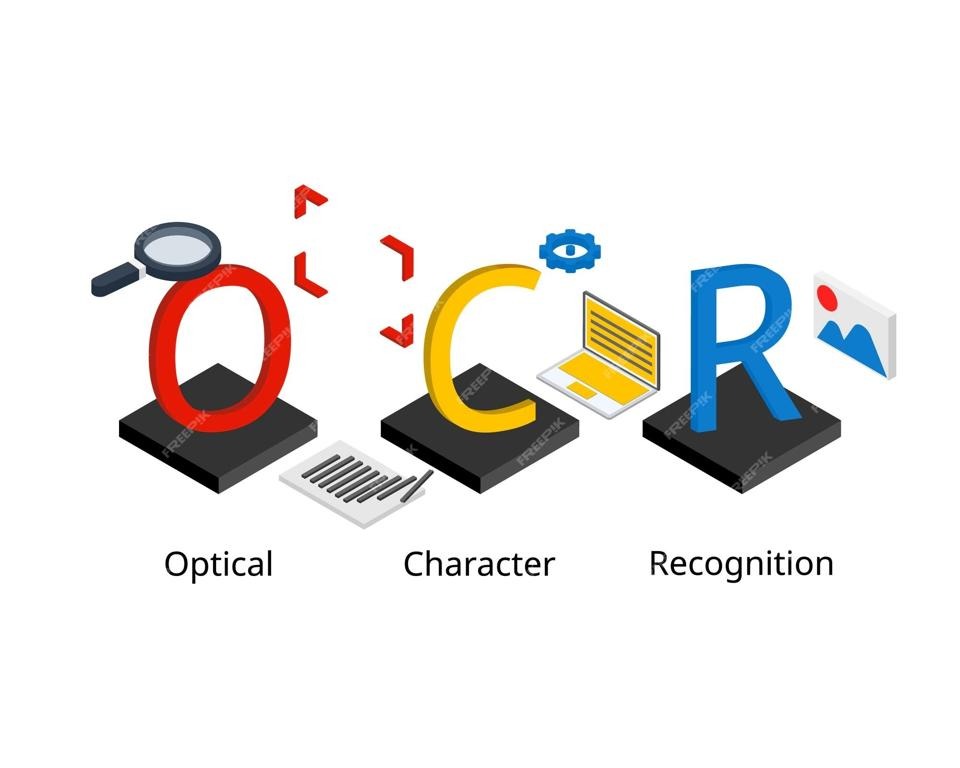In the legal industry, efficient document management is essential for maintaining compliance, ensuring accuracy, and enhancing productivity. With the advent of Optical Character Recognition (OCR) technology, legal professionals have gained powerful tools to streamline their document management processes. In this article, we’ll explore the applications of OCR in legal document management and how it helps organizations adhere to regulatory requirements while improving efficiency.
Understanding OCR Technology
How OCR Works
Optical Character Recognition (OCR) is a technology that converts scanned images of text into machine-readable text. It works by analyzing the shapes, patterns, and features of characters in a document and translating them into editable and searchable text. OCR software employs advanced algorithms and machine learning techniques to recognize text accurately, even from complex documents with varying fonts, sizes, and languages.
Benefits of OCR in Legal Document Management
Increased Efficiency
OCR technology significantly improves the efficiency of legal document management processes by automating the conversion of paper documents into digital formats. Instead of manually transcribing or typing text from physical documents, legal professionals can use OCR software to extract text quickly and accurately. This saves time, reduces errors, and enables faster access to critical information.
Enhanced Searchability and Retrieval
By digitizing and OCR-enabling legal documents, organizations can create searchable archives that facilitate quick retrieval of information. Legal professionals can easily search for specific keywords, phrases, or terms within large volumes of documents, accelerating research, case preparation, and document review processes. This improves workflow efficiency and enables faster decision-making.
Applications of OCR in Legal Document Management
Contract Management
In the legal field, contracts are central to business transactions, agreements, and legal obligations. OCR technology streamlines contract management processes by digitizing and indexing contract documents, making it easier to manage, track, and analyze contract terms and clauses. By extracting key contract data such as parties’ names, dates, and obligations, OCR-enabled contract management systems enhance compliance and risk management while reducing manual effort.
Compliance and Regulatory Reporting
Legal compliance is a critical aspect of document management in regulated industries such as finance, healthcare, and pharmaceuticals. OCR technology helps organizations ensure compliance by accurately extracting and analyzing data from regulatory documents, reports, and filings. This enables timely and accurate regulatory reporting, audit trail generation, and compliance monitoring, reducing the risk of non-compliance penalties and legal liabilities.
Litigation Support and eDiscovery
In litigation and electronic discovery (eDiscovery) proceedings, legal teams often deal with massive volumes of documents, including emails, memos, and legal briefs. OCR technology plays a crucial role in efficiently processing and analyzing these documents, making relevant information searchable and accessible. By automating the extraction of text and metadata from electronic documents, OCR-enabled eDiscovery tools streamline document review processes, reduce costs, and improve case outcomes.
Challenges and Considerations
Accuracy and Reliability
While OCR technology has advanced significantly, achieving 100% accuracy in text recognition remains a challenge, especially with handwritten or low-quality documents. Legal professionals must carefully review and validate OCR results to ensure accuracy and reliability, particularly in critical legal documents such as contracts, court orders, and regulatory filings.
Security and Confidentiality
Legal documents often contain sensitive and confidential information that must be protected from unauthorized access or disclosure. Organizations using OCR technology for document management must implement robust security measures to safeguard against data breaches, unauthorized access, and cyber threats. This includes encryption, access controls, audit trails, and compliance with data protection regulations such as GDPR and HIPAA.
Conclusion
OCR technology offers significant benefits for legal document management, including increased efficiency, enhanced searchability, and improved compliance. By digitizing and OCR-enabling legal documents, organizations can streamline processes, mitigate risks, and improve decision-making. However, achieving optimal results with OCR requires careful consideration of accuracy, security, and regulatory compliance. As OCR technology continues to evolve, legal professionals can expect even greater innovations and advancements in document management, enabling them to stay ahead in an increasingly complex legal landscape.

